One of the most common types of beekeeping hive is based around the Langstroth hive, first patented in the United States in 1852. While it does have some nice features like movable frames, the march of history has progressed considerably while this core of beekeeping practices has changed very little. But that really just means that beekeeping as a hobby is rife with opportunities for innovation, and [Advoko] is pioneering his own modern style of beehive.
In nature, bees like to live inside of things like hollowed-out tree trunks, so he has modeled his hive design after that by basing it around large inverted plastic bottles. Bees can enter in the opening at the bottle and build their comb inside from the top down. The bottles can be closed and moved easily without contacting the bees, and he even creates honey supers out of smaller bottles which allows honey to be harvested without disturbing the core beehive.There are a number of strategies to improve the bees’ stay in the bottles as well, such as giving them wooden skewers in the bottle to build their comb on and closing the bottles in insulation to help the hives regulate their temperature more evenly and to keep them dark.
He hopes this idea will help inspire those with an interest in the hobby who wouldn’t otherwise have the large amount of money it takes to set up even a few Langstroth-type hives. Even if you don’t live in a part of the world where the Langstroth hive is common, this system still should be possible to get up and running with a minimum of financial investment. Once you’ve started, though, take a look at some other builds which augment the hive with some monitoring technology.



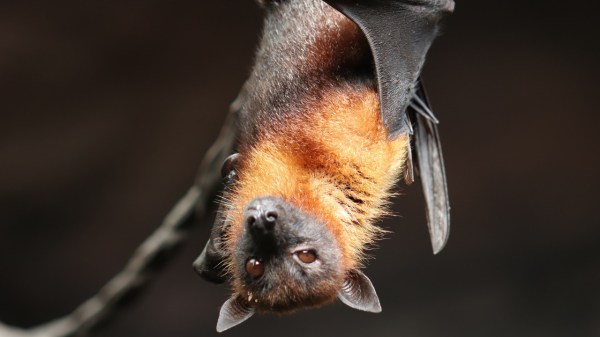
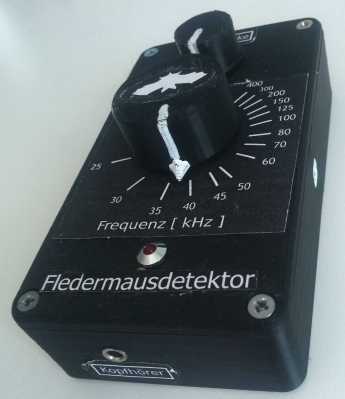
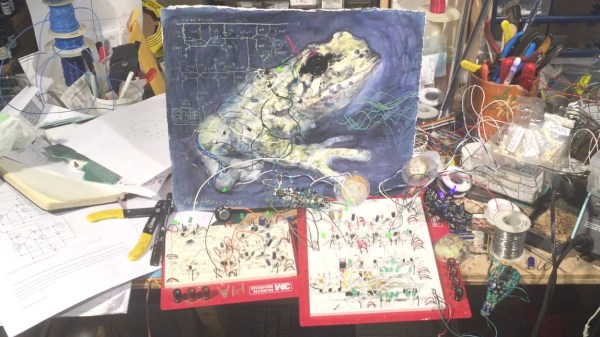
 The visual and aural sensations of the video below will surely tempt you further, but in case it doesn’t, here’s a taste. When
The visual and aural sensations of the video below will surely tempt you further, but in case it doesn’t, here’s a taste. When 
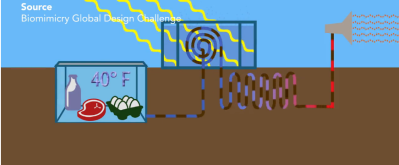 The aim of this challenge is to transform the global food system using sustainable approaches that emulate natural process. Entries must address a problem somewhere in the food supply chain, a term that could apply to anything from soil modification to crop optimization to harvest and storage technologies. Indeed, the 2015 winner in the Student category was for a
The aim of this challenge is to transform the global food system using sustainable approaches that emulate natural process. Entries must address a problem somewhere in the food supply chain, a term that could apply to anything from soil modification to crop optimization to harvest and storage technologies. Indeed, the 2015 winner in the Student category was for a 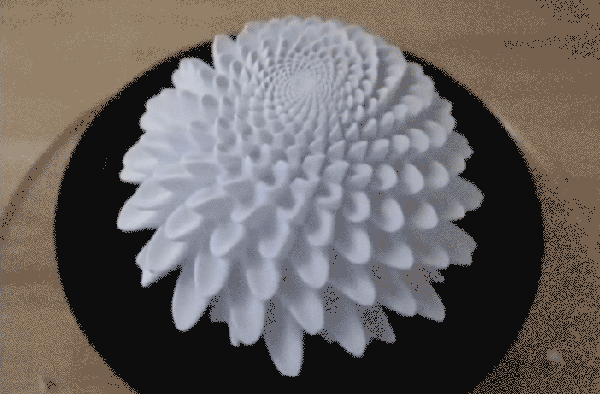
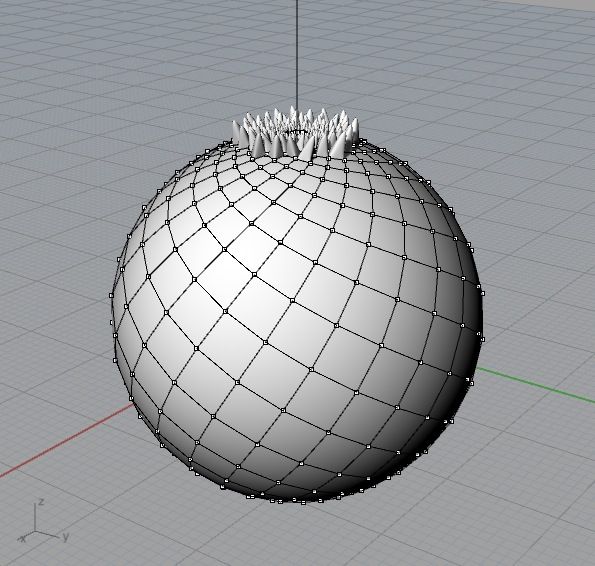 [John] modeled several 3D sculptures in Rhino containing similar geometric properties to those found in pinecones and palm tree fronds. As the segments grow from those objects in nature, they do so in approximately 137.5 degree intervals. This spacing produces a particular spiral appearance which [John] was aiming to recreate. To do so, he used a Python script which calculated a web of quads stretched over the surface of a sphere. From each of the divisions, stalk-like protrusions extend from the top center outward. Once these figures were 3D printed, they were mounted one at a time to the center of a spinning base and set to rotate at 550 RPM. A camera then films the shape as it’s in motion at a 1/2000 sec frame rate which captures stills of the object in just the right set of positions to produce the illusion that the tendrils are blooming from the top and pouring down the sides. The same effect could also be achieved with a strobe light instead of a camera.
[John] modeled several 3D sculptures in Rhino containing similar geometric properties to those found in pinecones and palm tree fronds. As the segments grow from those objects in nature, they do so in approximately 137.5 degree intervals. This spacing produces a particular spiral appearance which [John] was aiming to recreate. To do so, he used a Python script which calculated a web of quads stretched over the surface of a sphere. From each of the divisions, stalk-like protrusions extend from the top center outward. Once these figures were 3D printed, they were mounted one at a time to the center of a spinning base and set to rotate at 550 RPM. A camera then films the shape as it’s in motion at a 1/2000 sec frame rate which captures stills of the object in just the right set of positions to produce the illusion that the tendrils are blooming from the top and pouring down the sides. The same effect could also be achieved with a strobe light instead of a camera.








